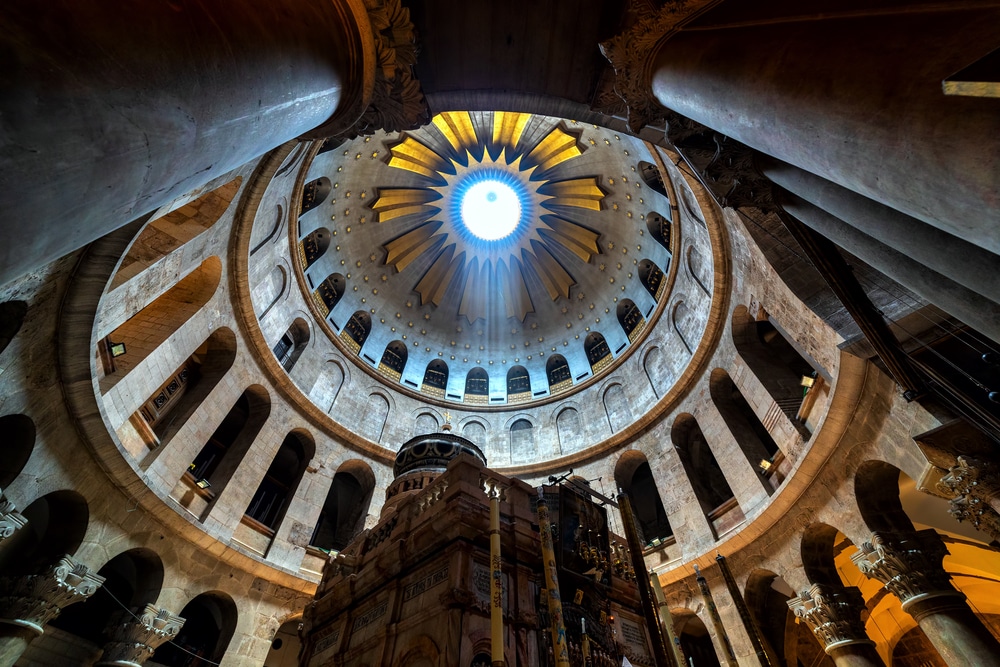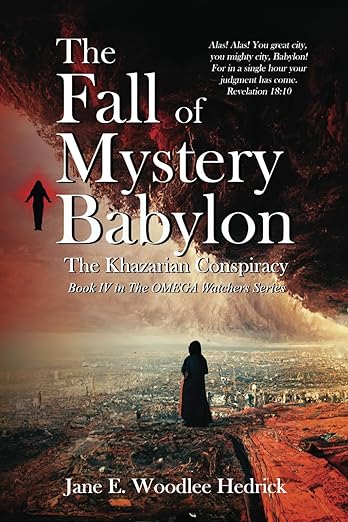Recent archaeological excavations beneath the Church of the Holy Sepulchre in Jerusalem have uncovered traces of what is believed to be an ancient garden.
These findings, announced in March 2025, have drawn international attention for their historical and religious significance. They could support the Gospel of John’s description of the site where Jesus was crucified and buried.
According to a report by The Times of Israel, archaeologists conducting subsurface investigations found remnants of soil layers containing pollen, seeds, and root systems, indicating the area may have been a cultivated garden around the first century CE.
These findings align with descriptions from the Gospel of John, which recounts that Jesus’ tomb was located in a garden near the site of his crucifixion (John 19:41).
Additional analysis by researchers revealed that the composition of the soil and botanical evidence matched other known first-century gardens in the region.
The director of the excavation, Dr. Efraim Goldstein of the Hebrew University of Jerusalem, stated, “This discovery adds a new layer of understanding to the historical context of the area, potentially confirming that the land around Golgotha was used as a cultivated space.”
The Gospel of John specifically mentions a garden in its account of Jesus’ burial, which scholars have often debated. The garden imagery has theological significance, symbolizing new life and resurrection.
The latest findings bolster the argument that the Gospel’s description was rooted in a tangible geographic and historical reality.
The Jerusalem Post notes that the Church of the Holy Sepulchre, long venerated as the location of Jesus’ crucifixion, burial, and resurrection, has been a focal point of Christian pilgrimage since the fourth century CE.
Previous excavations revealed tomb structures dating to the Roman period, and this new discovery complements those earlier findings.
Dr. Leah Jacobs, a Biblical archaeologist from Tel Aviv University, commented to National Geographic:
“The evidence of a garden here doesn’t definitively prove the Gospel account, but it certainly lends credibility to the idea that this area matched the description of a garden tomb as described in John’s Gospel. It’s an exciting development for both historians and theologians.”
However, not all experts are convinced. Dr. Michael Rowe, an archaeologist with the University of Oxford, urged caution in interpreting the findings.
Speaking to The Guardian, he noted, “While the garden evidence is compelling, we must consider the possibility that this was a common land use for the time and not necessarily linked to the events described in the Gospel.”
The excavation utilized advanced techniques such as ground-penetrating radar (GPR) and DNA analysis of ancient pollen.
These tools allowed researchers to study the site without causing significant damage to the sacred church, which is visited by millions annually.
An article in Scientific American emphasized how technological advancements have transformed biblical archaeology.
“With GPR and other non-invasive methods, we’re now able to investigate sites like the Church of the Holy Sepulchre with a level of precision that was unimaginable even a decade ago,” the report noted.
This discovery is part of a larger trend in biblical archaeology where ancient texts are increasingly supported—or challenged—by material evidence.
For Christians, the connection to the Gospel of John is profound, reinforcing the narrative of Jesus’ death and resurrection in the very location long believed to be sacred.
Whether this ancient garden can be definitively tied to the Gospel of John remains to be seen, but as Dr. Goldstein remarked, “What we’ve uncovered gives us a glimpse into the history of this remarkable place. It connects the faith of millions to a tangible past.”










